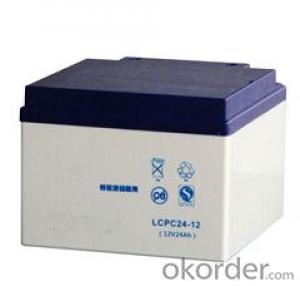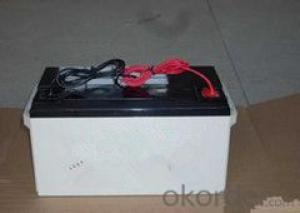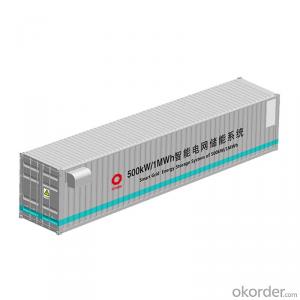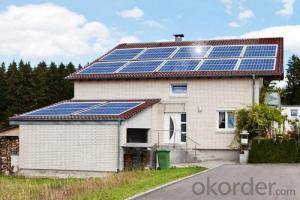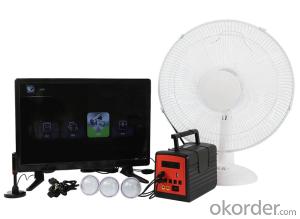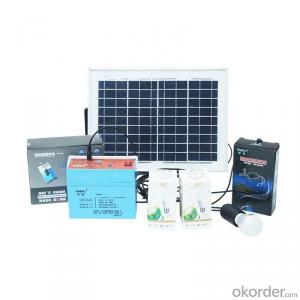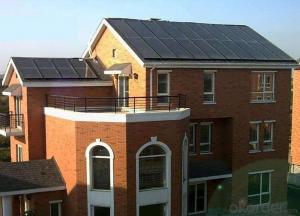Solar Without Battery Inverter
Solar Without Battery Inverter Related Searches
Battery Inverter Solar System Solar System Without Inverter Solar Panel Without Inverter Solar Without Battery Inverter Solar Without Inverter 8kw Inverter Solar Solar Inverter 8kwHot Searches
Type Of Inverter For Solar Types Of Inverter For Solar Used Solar Inverter For Sale Inverter Size For Solar System Solar Edge Inverter For Sale 5kw Solar Inverter For Sale Solar Inverter For Sale Solar Inverter For Battery Solar Inverter For Split Ac Solar Inverter For Laptop Solar Inverter For Fridge Solar Inverter Supplier In Uae Solar Inverter In Saudi Arabia Solar Inverter In Uae Solar Inverter In Kerala Solar Inverter In Nepal Solar Inverter In Burpengary Solar Inverter In Caboolture Solar Inverter In Chennai Aluminum Foil For SaleSolar Without Battery Inverter Supplier & Manufacturer from China
Okorder.com is a professional Solar Without Battery Inverter supplier & manufacturer, offers integrated one-stop services including real-time quoting and online cargo tracking. We are funded by CNBM Group, a Fortune 500 enterprise and the largest Solar Without Battery Inverter firm in China.Hot Products
FAQ
- Solar energy systems can have both positive and negative impacts on the aesthetics of a building. On the positive side, solar panels can be designed to blend in with the architecture and become an attractive addition to the building. They can enhance the modern and eco-friendly image of a structure, showcasing the owner's commitment to sustainability. However, some people may find solar panels visually unappealing or believe they disrupt the traditional aesthetics of a building. It ultimately depends on the design and integration of the solar energy system, as well as personal preferences and the surrounding environment.
- Yes, a solar energy system can be installed on a ground-mounted structure. Ground-mounted solar systems are a popular option for residential, commercial, and utility-scale installations. These systems involve placing solar panels on a structure that is built on the ground, such as a pole, rack, or frame. Ground-mounted systems have several advantages, including flexibility in panel placement, easier maintenance and cleaning, and the ability to optimize the angle and orientation of the panels for maximum energy production. Additionally, ground-mounted systems can be installed in areas where rooftop installation is not feasible, such as properties with limited roof space or shading issues. Therefore, installing a solar energy system on a ground-mounted structure provides an effective and efficient way to harness solar power.
- Indeed, electric vehicles can benefit from the utilization of solar energy systems. Sun-absorbing panels can be conveniently mounted on rooftops or other appropriate surfaces to harness sunlight and transform it into usable electricity. This generated power can subsequently be employed to charge the batteries of electric vehicles, thereby offering a clean and sustainable energy source. In fact, numerous individuals have already embraced solar energy to fuel their electric cars, paving the way for a greener and more environmentally friendly transportation alternative. Furthermore, continuous progressions in solar technology have enhanced its efficiency and affordability, rendering it an increasingly feasible choice for powering electric vehicles.
- Absolutely, agricultural drying or processing operations can definitely utilize solar energy systems. Solar energy is an eco-friendly and renewable power source that can be harnessed and applied to fulfill the energy requirements of various agricultural activities. Drying crops, grains, fruits, vegetables, and other agricultural produce can be accomplished using solar drying systems. These systems utilize solar radiation to generate heat, which is then employed to dry the agricultural products. Solar dryers are not only cost-effective and energy-efficient, but they also have lower operational expenses compared to traditional drying methods. They prove to be particularly advantageous in areas with ample sunlight but limited access to electricity. Solar energy can also power various processing operations in agriculture. Machinery like solar-powered mills, crushers, pumps, and others can be utilized for tasks such as grain milling, fruit crushing, or water irrigation. By relying on solar energy, farmers can diminish their reliance on fossil fuels and grid electricity, resulting in cost savings and a more sustainable farming approach. Moreover, solar energy systems can be combined with energy storage solutions, such as batteries, to guarantee a continuous power supply even during periods of low sunlight or at night. This facilitates farmers to have reliable access to energy for their drying or processing operations all day long. In conclusion, solar energy systems present a feasible and environmentally conscious solution for powering agricultural drying or processing operations. They contribute to the reduction of greenhouse gas emissions, decrease dependency on fossil fuels, and promote sustainable farming practices.
- Yes, solar energy systems can be used to power off-grid emergency response centers. Solar panels can generate electricity by converting sunlight into usable energy, making them a reliable and sustainable power source for remote or off-grid locations. They can provide a continuous supply of electricity, even during emergencies or natural disasters, ensuring that critical equipment and communication systems in emergency response centers remain operational. Additionally, solar energy systems can be combined with energy storage solutions, such as batteries, to store excess electricity generated during the day for use during nighttime or cloudy periods. This makes solar energy an ideal solution for powering off-grid emergency response centers, as they offer independence from traditional power grids and reduce reliance on fossil fuels.
- The maintenance costs associated with solar energy systems are relatively low. Routine maintenance tasks include cleaning the solar panels to ensure optimal performance, checking for any potential damage or defects, and inspecting the system's components. These tasks can typically be performed by the system owner or a professional service provider. Overall, solar energy systems require minimal maintenance, resulting in lower long-term costs compared to conventional energy sources.
- Yes, solar energy systems can be easily expanded or upgraded. One of the major advantages of solar technology is its modular nature, allowing for scalability and flexibility. If you have additional space available, you can simply add more solar panels to increase the capacity of your system. Additionally, advancements in solar technology have made it easier to integrate new panels with existing systems. Upgrading a solar energy system can also be done by replacing older or less efficient components with newer and more efficient ones, such as upgrading to higher capacity inverters or adding battery storage for energy storage purposes. The expandability and upgradability of solar energy systems make them a cost-effective and sustainable choice for meeting increasing energy demands over time.
- Temperature fluctuations can have a significant impact on the performance of solar panels. High temperatures can cause a decrease in the efficiency of solar panels, leading to a decrease in power output. This is because increased temperatures can lead to an increase in the resistance of the materials used in the solar panels, resulting in more energy loss. On the other hand, low temperatures can improve the conductivity of the materials, leading to a slight increase in performance. However, extreme temperature fluctuations can also cause stress on the materials, potentially affecting the lifespan and durability of the solar panels. Overall, maintaining a moderate and stable temperature is crucial for optimizing the performance and longevity of solar panels.



























